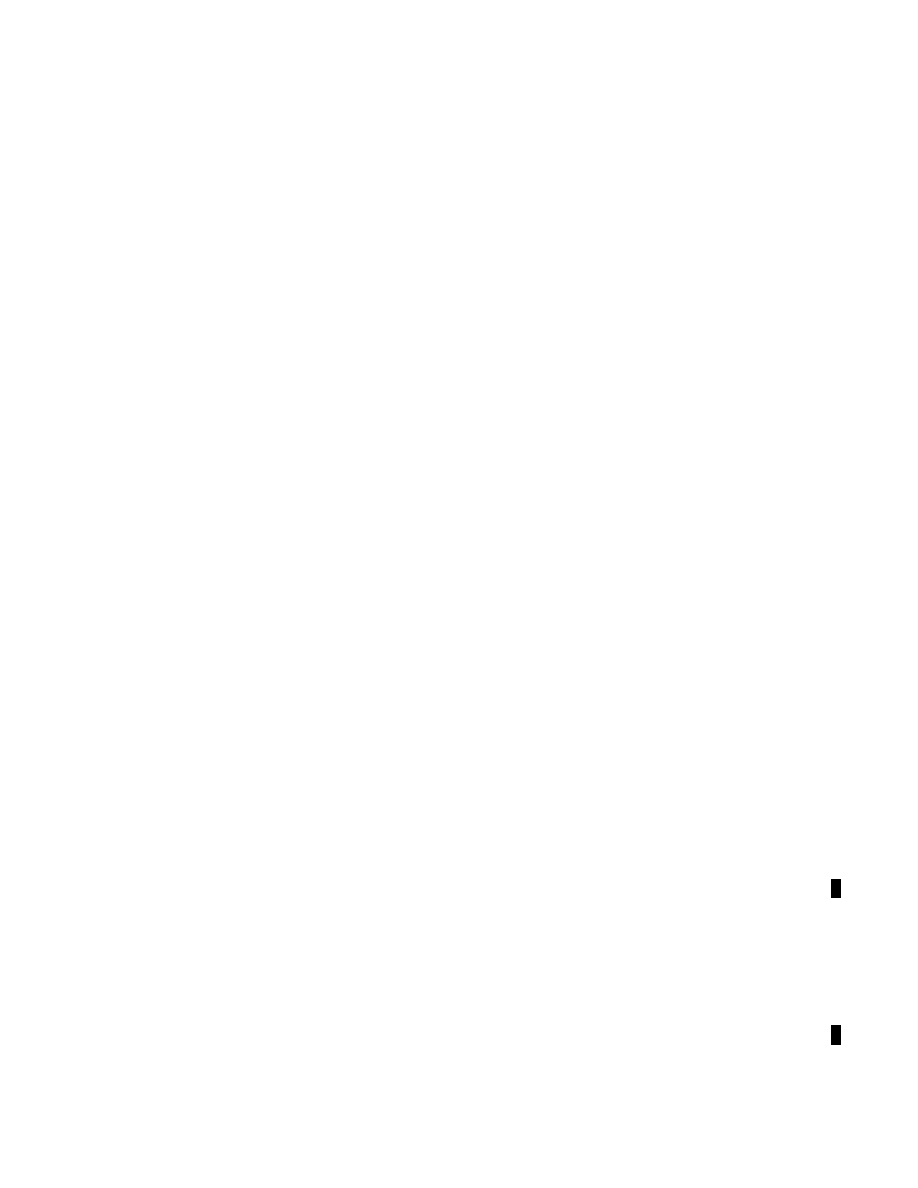
3/21/24
AIM
4
−
2
−
13. Communications with Tower when Aircraft Transmitter or Receiver or Both are
Inoperative
a. Arriving Aircraft.
1. Receiver inoperative.
(a)
If you have reason to believe your receiver is inoperative, remain outside or above the Class D surface
area until the direction and flow of traffic has been determined; then, advise the tower of your type aircraft,
position, altitude, intention to land, and request that you be controlled with light signals.
REFERENCE
−
AIM, Para 4
13, Traffic Control Light Signals.
(b)
When you are approximately 3 to 5 miles from the airport, advise the tower of your position and join
the airport traffic pattern. From this point on, watch the tower for light signals. Thereafter, if a complete pattern
is made, transmit your position downwind and/or turning base leg.
2. Transmitter inoperative.
Remain outside or above the Class D surface area until the direction and flow
of traffic has been determined; then, join the airport traffic pattern. Monitor the primary local control frequency
as depicted on Sectional Charts for landing or traffic information, and look for a light signal which may be
addressed to your aircraft. During hours of daylight, acknowledge tower transmissions or light signals by rocking
your wings. At night, acknowledge by blinking the landing or navigation lights. To acknowledge tower
transmissions during daylight hours, hovering helicopters will turn in the direction of the controlling facility and
flash the landing light. While in flight, helicopters should show their acknowledgement of receiving a
transmission by making shallow banks in opposite directions. At night, helicopters will acknowledge receipt of
transmissions by flashing either the landing or the search light.
3. Transmitter and receiver inoperative.
Remain outside or above the Class D surface area until the
direction and flow of traffic has been determined; then, join the airport traffic pattern and maintain visual contact
with the tower to receive light signals. Acknowledge light signals as noted above.
b. Departing Aircraft.
If you experience radio failure prior to leaving the parking area, make every effort
to have the equipment repaired. If you are unable to have the malfunction repaired, call the tower by telephone
and request authorization to depart without two-way radio communications. If tower authorization is granted,
you will be given departure information and requested to monitor the tower frequency or watch for light signals
as appropriate. During daylight hours, acknowledge tower transmissions or light signals by moving the ailerons
or rudder. At night, acknowledge by blinking the landing or navigation lights. If radio malfunction occurs after
departing the parking area, watch the tower for light signals or monitor tower frequency.
REFERENCE
−
14 CFR Section 91.125 and 14 CFR Section 91.129.
4
−
2
−
14. Communications for VFR Flights
a.
FSSs and Supplemental Weather Service Locations (SWSL) are allocated frequencies for different
functions; for example, in Alaska, certain FSSs provide Local Airport Advisory on 123.6 MHz or other
frequencies which can be found in the Chart Supplement. If you are in doubt as to what frequency to use,
122.2 MHz is assigned to the majority of FSSs as a common en route simplex frequency.
NOTE
−
In order to expedite communications, state the frequency being used and the aircraft location during initial callup.
EXAMPLE
−
Dayton radio, November One Two Three Four Five on one two two point two, over Springfield V
−
O
−
R, over.
b.
Certain VOR voice channels are being utilized for recorded broadcasts; for example, ATIS. These services
and appropriate frequencies are listed in the Chart Supplement. On VFR flights, pilots are urged to monitor these
frequencies. When in contact with a control facility, notify the controller if you plan to leave the frequency to
monitor these broadcasts.
Radio Communications Phraseology
4
−
2
−
9